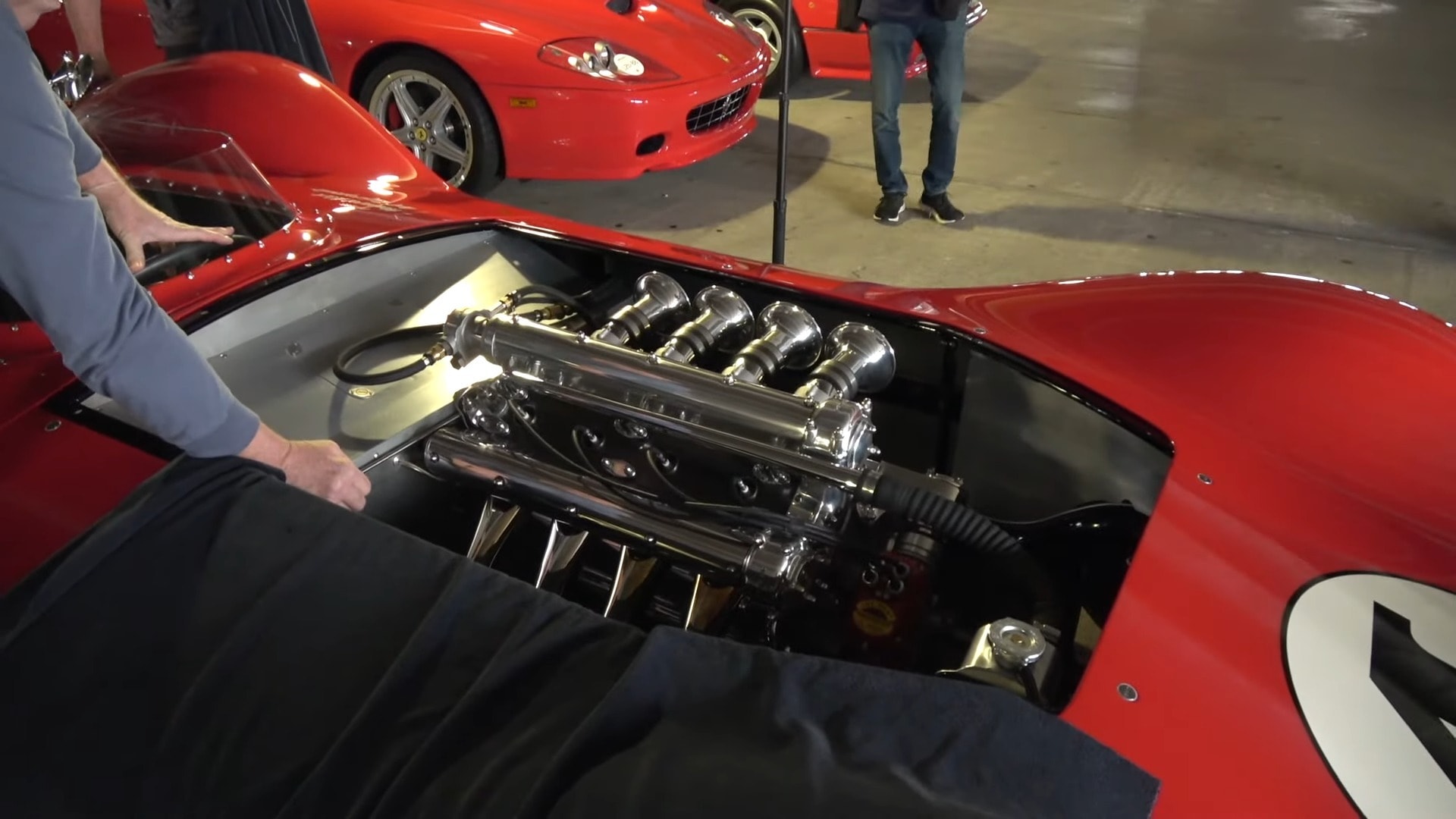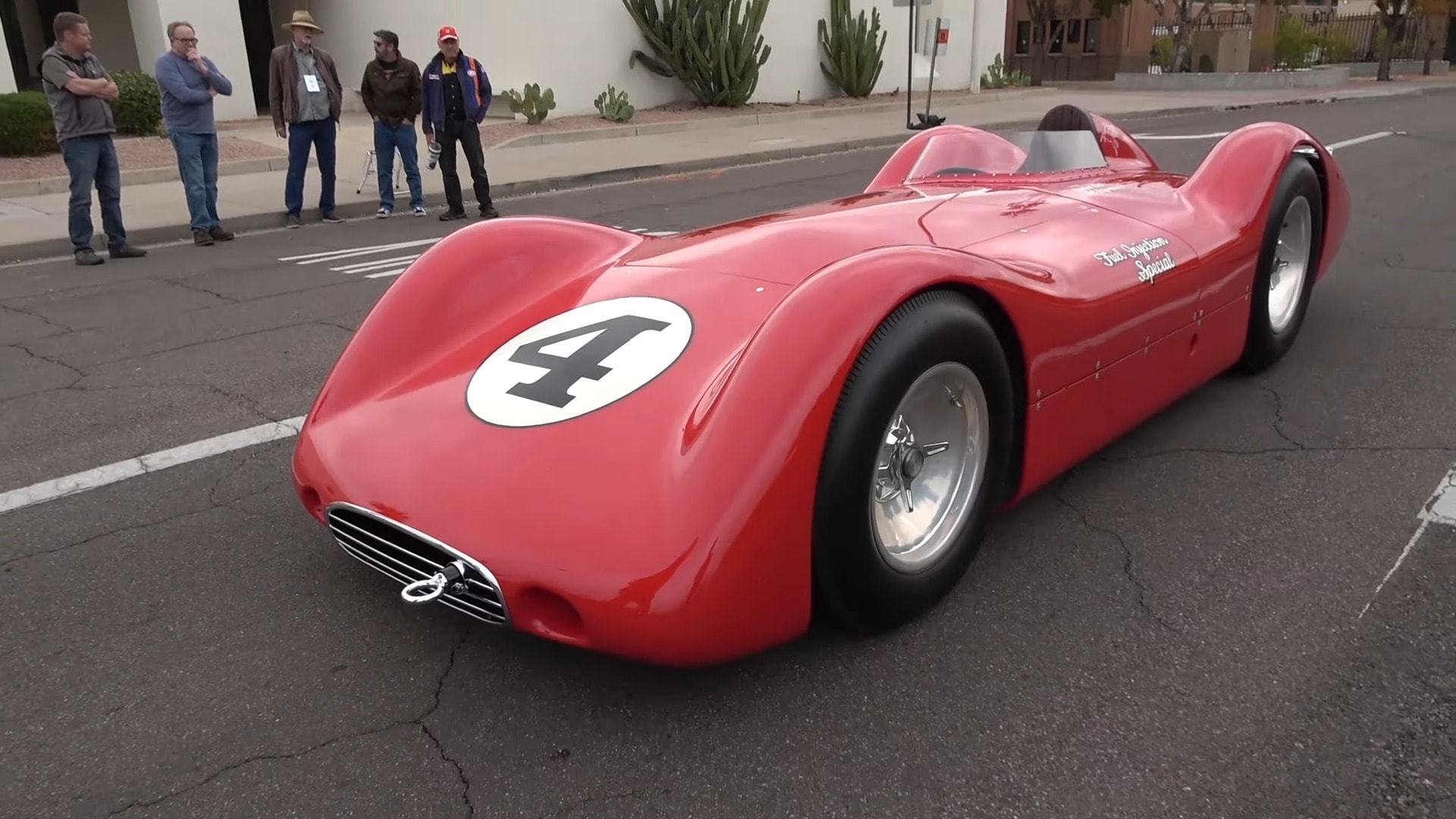In 1955, a tragic track collision brought an end to the life of one of the greatest racers of his era, Bill Vukovich, and thwarted his team’s ambitions to introduce active aerodynamics to American motorsports.
The Quinn Epperly Fuel Injected Special, a sleek machine designed in the wind tunnel, arrived too late for the Indy 500 race that year. Following the mid-race fatality of the intended driver, the car was never completed for racing.
Enthusiasts of the time might recall Enzo Ferrari’s disdain for aerodynamics, famously stating, “Aerodynamics are for people who can’t build engines.” However, history has proven him wrong.

The fusion of power and aerodynamics became a cornerstone of motoring, especially in racing, with significant investments in research and development. Techniques ranging from makeshift methods like duct tape and yarn to sophisticated tools such as wind tunnels and computer simulations became commonplace.
Innovative Racing Minds: Pushing the Boundaries
The German teams from Mercedes and Auto Union (now Audi) demonstrated the importance of aerodynamic profiles in conjunction with powerful engines. Their Silver Arrows shattered speed records, compelling the racing world to acknowledge the significance of aerodynamics alongside engine prowess.
In the early 1950s, a wave of talented drivers emerged at the famed Indianapolis 500-mile race. Figures like Frank Kurtis, Quinn Epperly, and Bill Vukovich became synonymous with speed. By the mid-’50s, competition at Indy had intensified, leading teams to explore alternative methods of gaining an edge.
While enhancing engines was the natural route, constructors turned to aerodynamics when horsepower alone wasn’t sufficient. This era birthed streamlined cars, poised to revolutionize Indy racing, with aerodynamic innovation poised to potentially reshape the sport forever.

